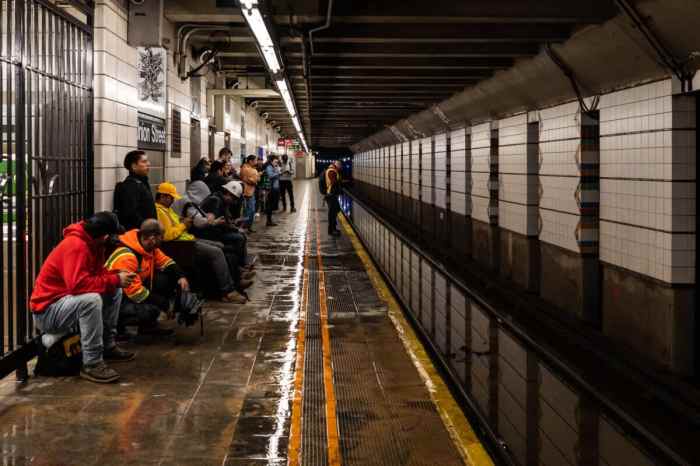In present terms, there’s nothing very cheap about the city’s first solar array, which Mayor Michael Nutter unveiled yesterday but won’t pay back on City Hall’s investment of $850,000 for another nine years.
And that doesn’t include the federal grant of another $850,000. That presumably would add another nine years before the 1,000-panel array ultimately breaks even.
“If you were to say, ‘Is installing solar a wise commitment to make for just this year?’ No, it certainly doesn’t look that way,” said Kristin Sullivan of the Mayor’s Office of Sustainability. “But once you start to take into consideration the long-term benefits and when you’re looking at the cost of electricity in a 10- to 15-year period, you’ll see an overall upward trend. The higher the cost of electricity, the more solar makes sense and the faster you can pay it back.”
But seeing so far into the future is part of the problem still facing sustainability advocates. The other, according to one expert, is the high expense that remains for solar and other clean technologies.
“One of the reasons solar energy costs so much money is that we’re not really good at it,” said professor David Riley, executive director of Penn State’s Center for Sustainability. “Solar panels are a lot cheaper than they used to be because there’s more competition. We’ve also dropped installation costs by about 20 percent in the last five years because we’re learning better ways to get them built.”
Cheap some day?
When compared to the price of new power plants that would have to be built to satisfy the projected 30 percent demand increase for electricity in the next 20 years, advocates say solar energy’s cost of 6.8 cents per kilowatt is reasonable.





























